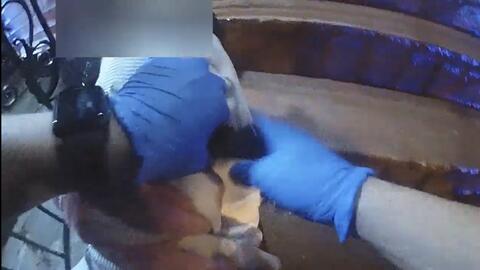NEWARK – Three Newark Police Officers acted “decisively and efficiently” to save the lives of three citizens in a 24-hour span, Newark Public Safety Director Anthony F. Ambrose said.
“These are the stories of what police do, day-in and day-out,” Ambrose said. “Our first priority is protecting life and these officers acted decisively and efficiently, to do just that.
Video 1: https://youtu.be/TJDprm7zn6k
Video 2: https://youtu.be/733kn6Lfvq0
“We are committed to transparency in this department,” Ambrose continued, “and part of that transparency is to also share the good work we do.”
In the first case, on Tuesday night, two officers saved the life of a shooting victim by applying tourniquets to stop the bleeding while waiting for an ambulance.
The two officers were the first to respond to a shooting on the 400 block South 16th Street.
The victim was conscious but bleeding profusely from a wound on his arm. A towel wrapped around his arm and his shirt sleeve was soaked in blood, and he was also shot in the leg.
Upon arriving, the officers immediately went into their trauma pouches and applied two tourniquets to the victim, who was then transported to the hospital by an ambulance that arrived later.
One officer is heard warning the victim “this is gonna hurt” as he tightens the tourniquet but explains they must stop the bleeding.
“Their body-worn camera video shows these officers acted with compassion toward the victim,” Ambrose said. “In the medical field they call it ‘good bed-side manner.”
Early Wednesday evening, officers inside the 5th precinct on Clinton Avenue were alerted to an unconscious man on a bench near the precinct.
The desk officer raced outside to find a man not breathing and with no pulse. The officer pulled the man off the bench and began CPR chest compressions, while a second officer came out with a defibrillator. A third officer also helped with the CPR before the man’s heartbeat was restored. He was then transported to the hospital.
“These may not be the stories that grab headlines,” Ambrose said, “but they are overwhelmingly more indicative of police work than the stories that do.”
